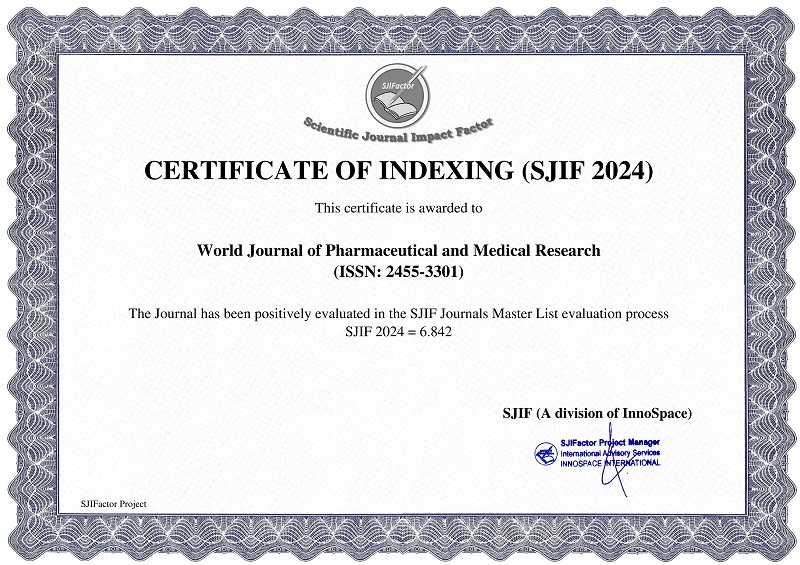DIGITAL X-RAY FILM REJECT ANALYSIS: A LOCAL STUDY IN THE RADIOLOGY DEPARTMENT OF ALEX-EKWUEME UNIVERSITY TEACHING HOSPITAL, ABAKALIKI, EBONYI STATE
Mabel Chikodili Ugwuja, Eric Ajogwu Nnadi, Eberechukwu Nwakaego Mokwua and Emmanuel Ifeanyi Obeagu*
ABSTRACT
Film reject analysis is a crucial aspect of quality assurance in hospital radiology departments, promoting the delivery of high-quality diagnostic imaging services and ensuring accurate patient diagnoses. By identifying and addressing the root causes of film rejection, healthcare facilities can improve the overall efficiency and effectiveness of radiology services, leading to enhanced patient care outcomes. To determine the rate and reasons for film reject in Alex Ekwueme Federal Teaching Hospital Abakaliki. A retrospective review of rejected X-ray films over a specified period will be conducted to gather data on rejection rates, reasons and type of exam. The study will utilize a quantitative research design to systematically analyze X-ray film rejection rates, identify reasons for rejection, and evaluate the types of exam that is rejected the most in the hospital and a qualitative study to analyze the current steps taken to reduce rejection rates. The sample size used for the qualitative design was 17 and the total films were 6900 with 900 being rejected. Table 1.1 shows that the rate of rejected film is 13.04% in which 900 out of the total 6900 films were rejected. The results also show the highest examination being chest (n=2160) and the lowest examination being contrast studies (n=559). Contrast studies has the highest reject rate percentage (28.44%) in which 159 out of 559 radiographs were rejected, followed by abdomen examination (19.44%) where 154 examination out of the total 792 examinations were rejected. Extremities have the lowest reject percentage (8.46%) where 88 out of the total 1039 images were rejected. The study shows the common subjective reasons for rejecting films with their percentages in AE-FUTHA. Some of the major reasons for rejection of films are overexposure, underexposure, rotation and positioning error representing 216(24%), 196(21.78%), 168(18.67%) and 151(16.68%) respectively. Moreover, very few of the rejected radiographs 34(3.78%) were due to artifacts. Table 8 displays the average score derived from respondents' feedback on the current steps taken to tackle the number of films rejected in the hospital. According to the decision rule, if the mean score is below 3, it is deemed rejected; if the mean score is 3 or above, it is accepted. In this case, majority of the items in the table were rejected as they scored a mean lower than 3. The table has an overall mean of 1 indicating that there is poor compliance with steps set aside to ensure reduced film analysis in AE-FUTHA.
[Full Text Article] [Download Certificate]



